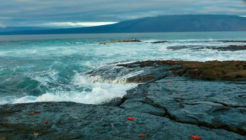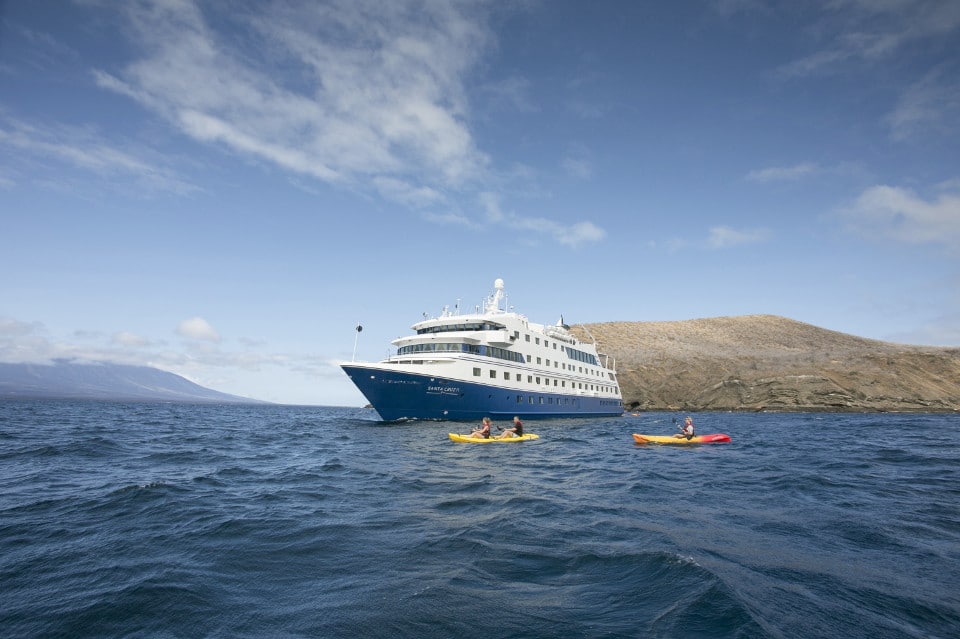Galapagos Islands Travel and Health Information
 The Galapagos Islands are renowned for their lush landscape, unique wildlife, and overall astonishing beauty. Tourists routinely visit the archipelago to observe its rare plants, birds, and animals. In addition to incredible flora and fauna, the Galapagos are home to five active volcanoes. Boats ferry sightseers from island to island, offering incredible views. An important stop on a traveler’s itinerary is the famed Charles Darwin Research Station, located on the island of Santa Cruz. This also happens to be the main center of the Galapagos Islands, providing visitors with a base from which to venture out and explore.
The Galapagos Islands are renowned for their lush landscape, unique wildlife, and overall astonishing beauty. Tourists routinely visit the archipelago to observe its rare plants, birds, and animals. In addition to incredible flora and fauna, the Galapagos are home to five active volcanoes. Boats ferry sightseers from island to island, offering incredible views. An important stop on a traveler’s itinerary is the famed Charles Darwin Research Station, located on the island of Santa Cruz. This also happens to be the main center of the Galapagos Islands, providing visitors with a base from which to venture out and explore.
The chain of 19 islands is located off the coast of South America, in the Pacific Ocean. Visitors must travel 966 kilometers to reach their equatorial destination. The Galapagos Islands are governed and administered by Ecuador. As such, the primary language spoken is Spanish. The population of the Islands is 10,000. The capital city is San Cristobel, located on Chatham Island. Interestingly, this is also the only available source of continuous fresh water.
The climate varies from island to island. Some islands—but not all—have tropical climates. Two separate ocean currents affect the Galapagos, one of which brings the cold waters of the Antarctic to its shores. Because of the different currents and temperatures, there are four distinct ocean environments within the archipelago. In lieu of traditional seasons, the Galapagos Islands experience a dry season (May through December) and a wet season (January through May). Droughts occur in some years.

Tourism is a major source of income on the Galapagos. With so many Galapagos Islands cruise and adventure tour travelers in such a biologically rich and diverse area, it is vital to be aware of the specific risk for various diseases associated with visiting the Galapagos. It is essential to protect both visitors and locals from contagious infections. According to the WHO (World Health Organization), the risk factors for the following infectious diseases are as follows:
• Cholera: the Galapagos are not currently infected with cholera
• Yellow Fever: Yellow Fever does not occur within Ecuador, and there is no risk of transmission occurring in the cities of Quito, Guayaquil, or the Galapagos. However, it is recommended that people travelling to provinces within the Amazon Basin or the eastern parts of the Andes Mountains receive a Yellow Fever Vaccination. Ecuadorians (and visitors) traveling to or from an infected area are required to have a certificate of vaccination.
• Malaria: risk exists year-round in areas located below 1500 meters, with moderate to high transmission risk occurring in some areas. It is important to note that some strains of malaria are resistant to certain medications, so choose accordingly.